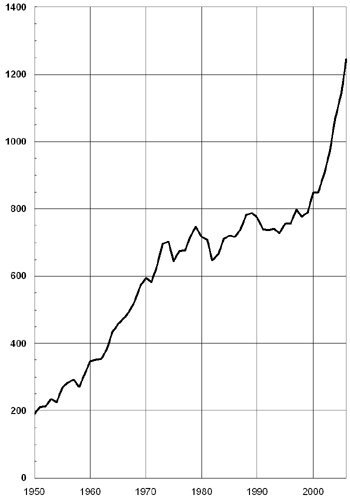A lot has been said recently about excessive management pay and the pitfalls of option schemes. I think, and believe it is all about getting the incentives right for management, but more importantly, for outside minority shareholders as well. The following article provide some good concepts for thought, and of course the remarks from Warren Buffet and Charlie Munger is as invaluable as always.
“Generally speaking, in life you get what you reward for. If you want ants to come, you put sugar out.” (Charlie Munger)
CEOs Need to Bring Investors Along for the Ride ,
http://online.wsj.com/article/SB124121294473578541.html
And also Warren Buffet on the subject …
Berkshire Weekend: Buffett, Munger on Setting CEO Pay
Liz Claman of Fox Business Channel quotes or paraphrases the Berkshire chairman and vice chairman:
Question: If a board of directors makes a mistake with compensation – then the board issues incentive bias toward earnings manipulation. Bearing in mind rule number 1 – don’t lose money and if it’s okay to have losses in short-term if loss is widens. How do you develop a fair compensation for a subsidiary that requires a lot of capital?
Buffett: We’ve thought a lot about this. In a capital intensive business you have to have a factor in a compensation arrangement that includes a capital -cost element. We have dozens and dozens of subsidiaries and we have different arrangements for different businesses because businesses that don’t require capital like See’s and Business Wire are different than businesses that requires lots of capital.
I think your question implies that the board sets these thing. But in my experience – basically the board is having relatively little effect on it. The CEO has managed to be an important determinant of his or her own compensation arrangement. I’ve been on one comp committee of 19 boards… CEOs appoint the comp committee – they don’t look for Dobermans, they look for Cocker Spaniels. In my experience boards have done very little in the way of really thinking through as a owner about “what is the proper way to pay these people and incentivize them not to do the wrong thing?”
Not every CEO wants a rational compensation system. It’s a real problem. I don’t think there should be a compensation committee. I think it’s very important how you compensate the CEO. I said in our annual report – choosing the right CEO, making sure they don’t overreach…
Munger: I would argue that a liberally paid board of directors is counterproductive. You keep raising me and I keep raising you. It gets very club-like. I think corporations of America would better married if directors weren’t paid at all.


